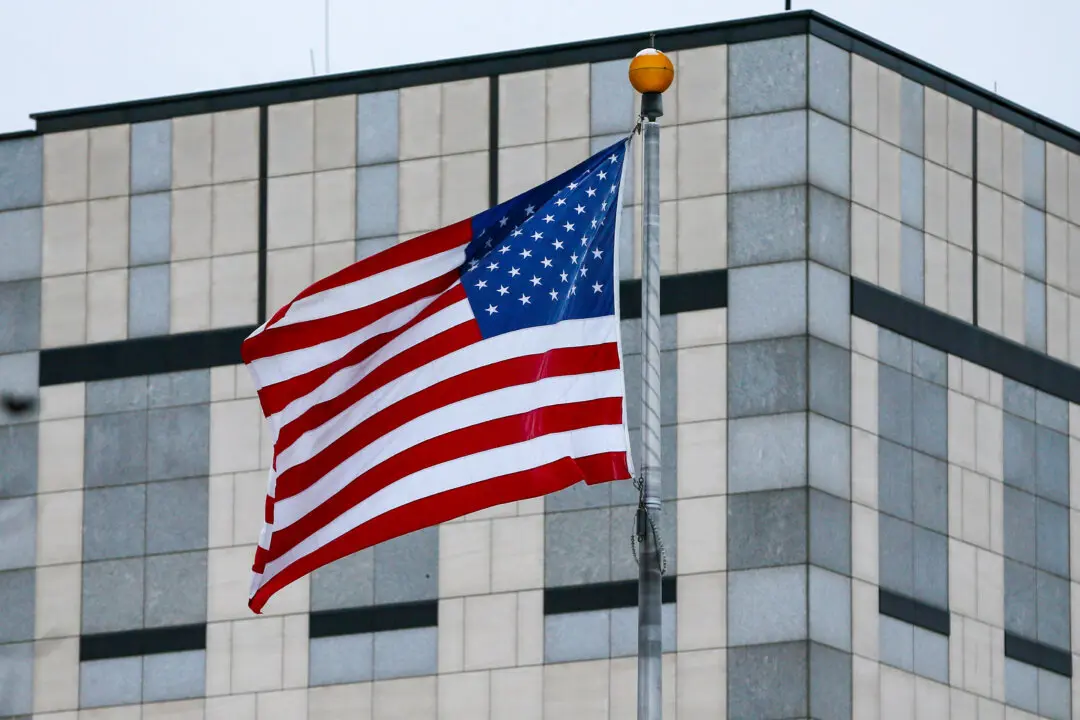The U.S. commercial real estate (CRE) market may crash soon and cause a ripple effect that could lead to a downturn as significant as the 2008 crisis, according to a prominent real estate investment executive.
Speaking in an interview last week, Patrick Carroll, CEO of the real estate investment firm Carroll, told CNBC that the market would likely turn sour in the coming years as large amounts of commercial mortgage debt hit maturity.





